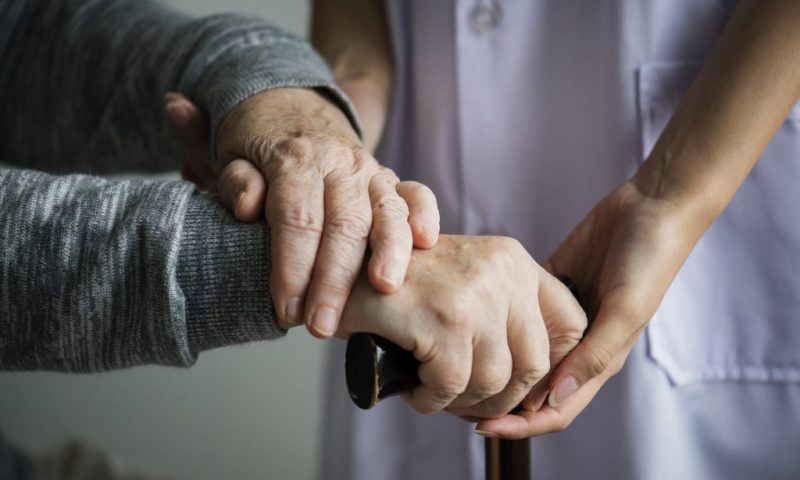BioAge Labs is adding a third program to its pipeline. The new treatment, licensed from Amgen, is designed to combat muscle aging and could be useful in helping older people recover from surgery more quickly, decreasing muscle atrophy after a long hospital stay or, eventually, warding off frailty in older people.
Under the deal, BioAge gets the exclusive worldwide rights to develop and commercialize the treatment, an APJ agonist called BGE-105, for all indications. Amgen receives an upfront payment, shares in BioAge and the promise of milestone payments down the line.
The treatment, previously known as AMG 986, can be given orally or intravenously. It works by activating a receptor called APJ, which, along with its natural agonist apelin, is part of a signaling pathway that regulates muscle metabolism, growth and repair.
Cedric Dray and his research group at Inserm discovered in 2018 that apelin itself reverses age-related muscle loss, but this natural protein can’t be used as a drug because of its short half-life. Dray and his team have helped BioAge test BGE-105 in mouse models of muscle regeneration under a materials transfer agreement with Amgen ahead of the licensing deal.
BioAge found the drug through its discovery platform, which uses human data to understand the molecular causes of aging—including proteins, metabolites and RNA transcripts—and then identify drugs already in clinical development that could target those causes. The company then turns to preclinical experiments to test its hypotheses before moving to human trials.
“We have biobank partners that have collected samples from healthy middle-aged people as long as 50 years ago and preserved them,” said BioAge CEO Kristen Fortney, Ph.D. Those blood samples were accompanied with health records including not just how long the people lived, but also factors like how quickly they were walking or what their grip strength was like in their old age, Fortney said.
“We go in and ask questions of the data: Which pathways are changing with age and which pathways predict the future? … We’re trying to copy what is already working, looking at people who are already living really long and really healthy and what’s different about them,” Fortney said.
Besides BGE-105, BioAge has brought in two other assets: BGE-117, an inhibitor of hypoxia-inducible factor-prolyl hydroxylase licensed from Japan’s Taisho Pharmaceutical, and BGE-175, a DP1 receptor antagonist that Shionogi had been developing for allergic rhinitis. BioAge is now developing the former for unexplained anemia in the elderly and the latter for COVID-19 and an undisclosed target linked to immune aging.
“The company decided to focus on two initial areas: one is muscle aging and one is immune aging. They happen to everybody,” Fortney said.
Its goal is to develop treatments that can be used broadly, but, to get there, it’s zeroing in on smaller indications first, much like gene therapy players look to prove their treatments in rare diseases before moving into more prevalent ones. After COVID-19, for example, the company hopes to test BGE-175 in pneumonia.
In recent weeks, BioAge has moved BGE-117 and BGE-175 into phase 2 trials in anemia and COVID-19, respectively. The company expects the COVID-19 study to read out at the end of the year and the anemia trial to read out in mid-2022. It plans to start a phase 1/2 study of its newest asset in the second quarter of 2022.
As it takes its programs through the clinic, the company will continue using its platform to pinpoint promising targets and assets, Fortney said.
“We are focused first on mechanisms that are closest to translation, where there is an asset or drug already out there that’s been through a phase 1 trial and been derisked,” she said. Later on, BioAge would like to shift to doing some discovery of its own on new targets.

